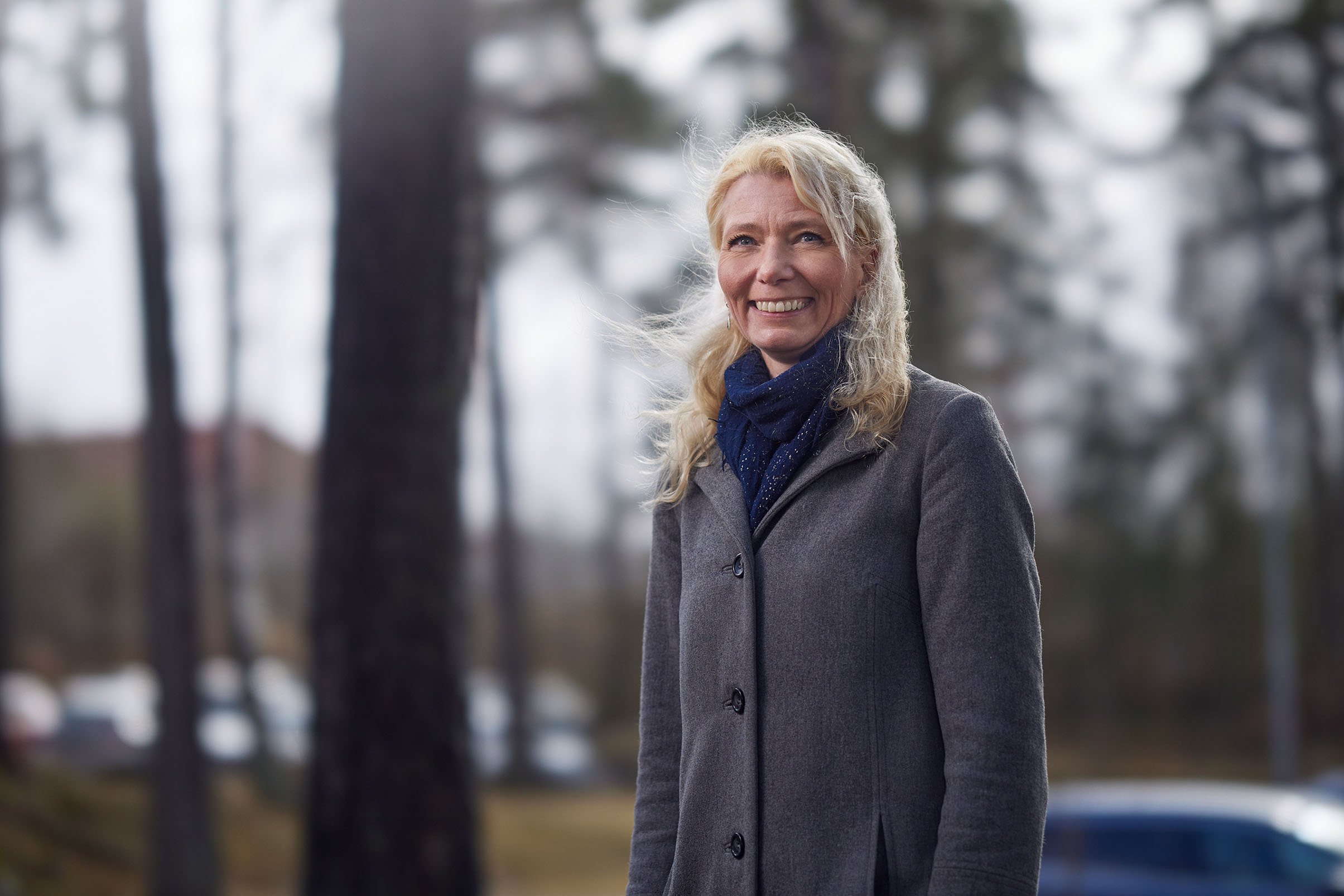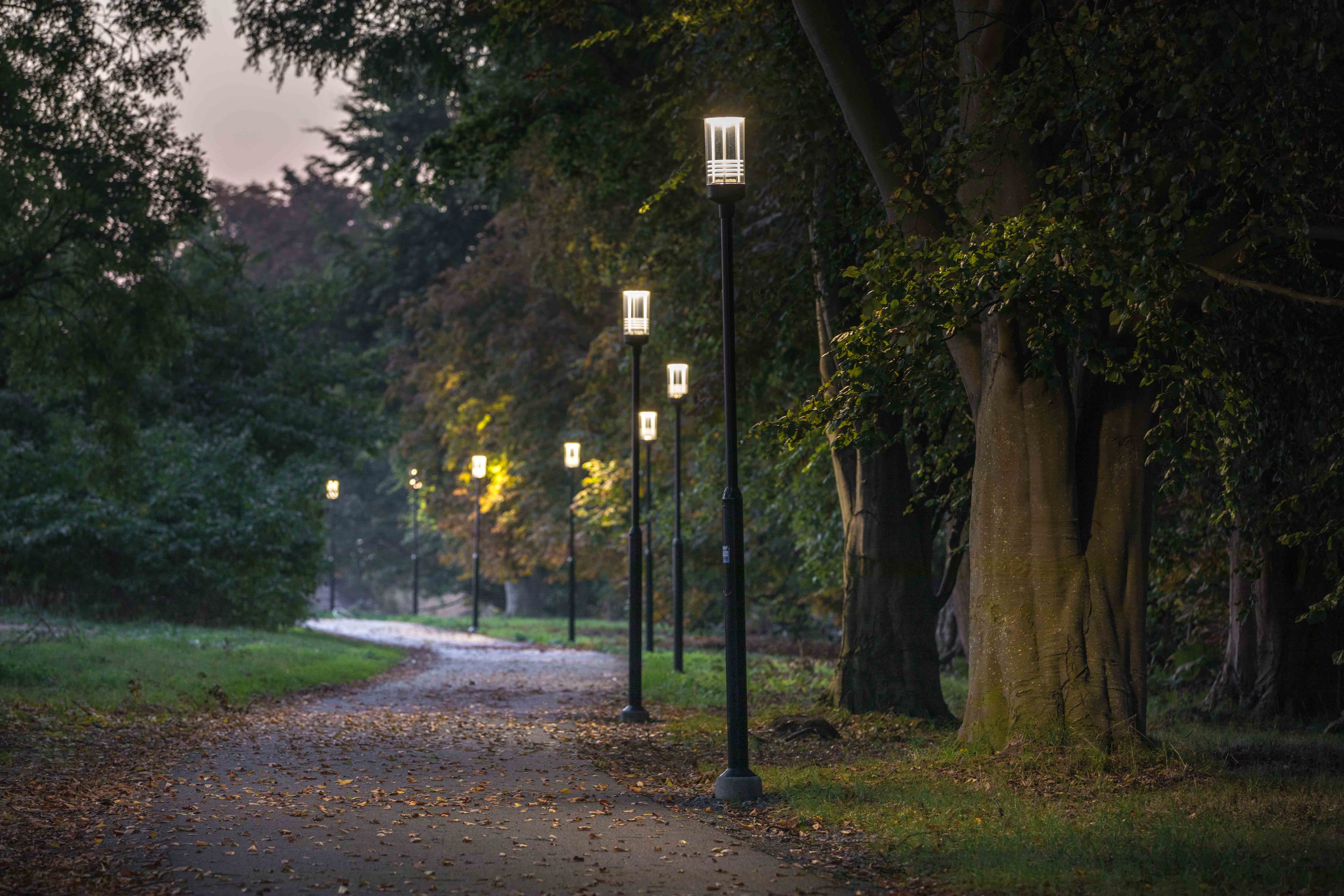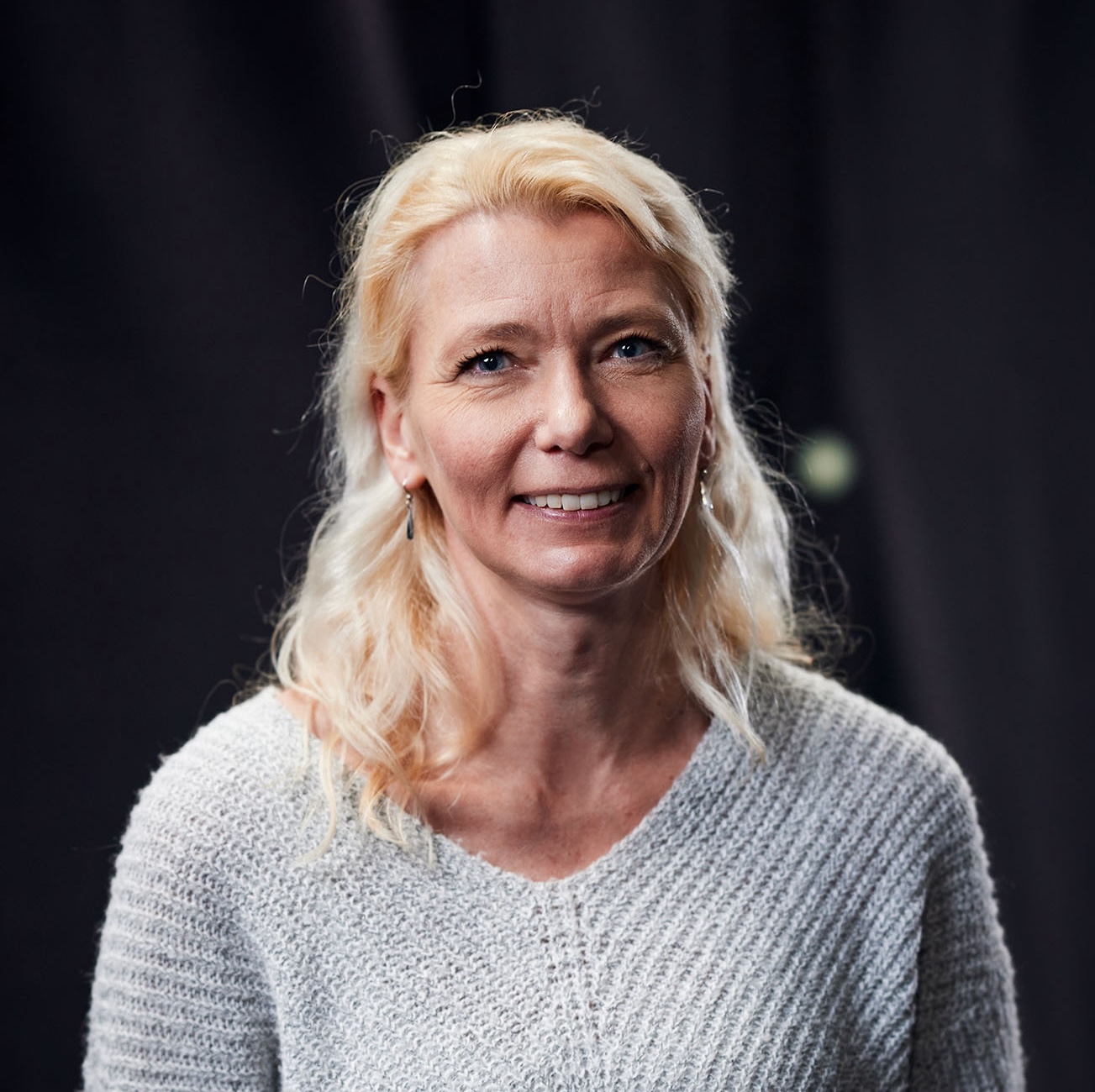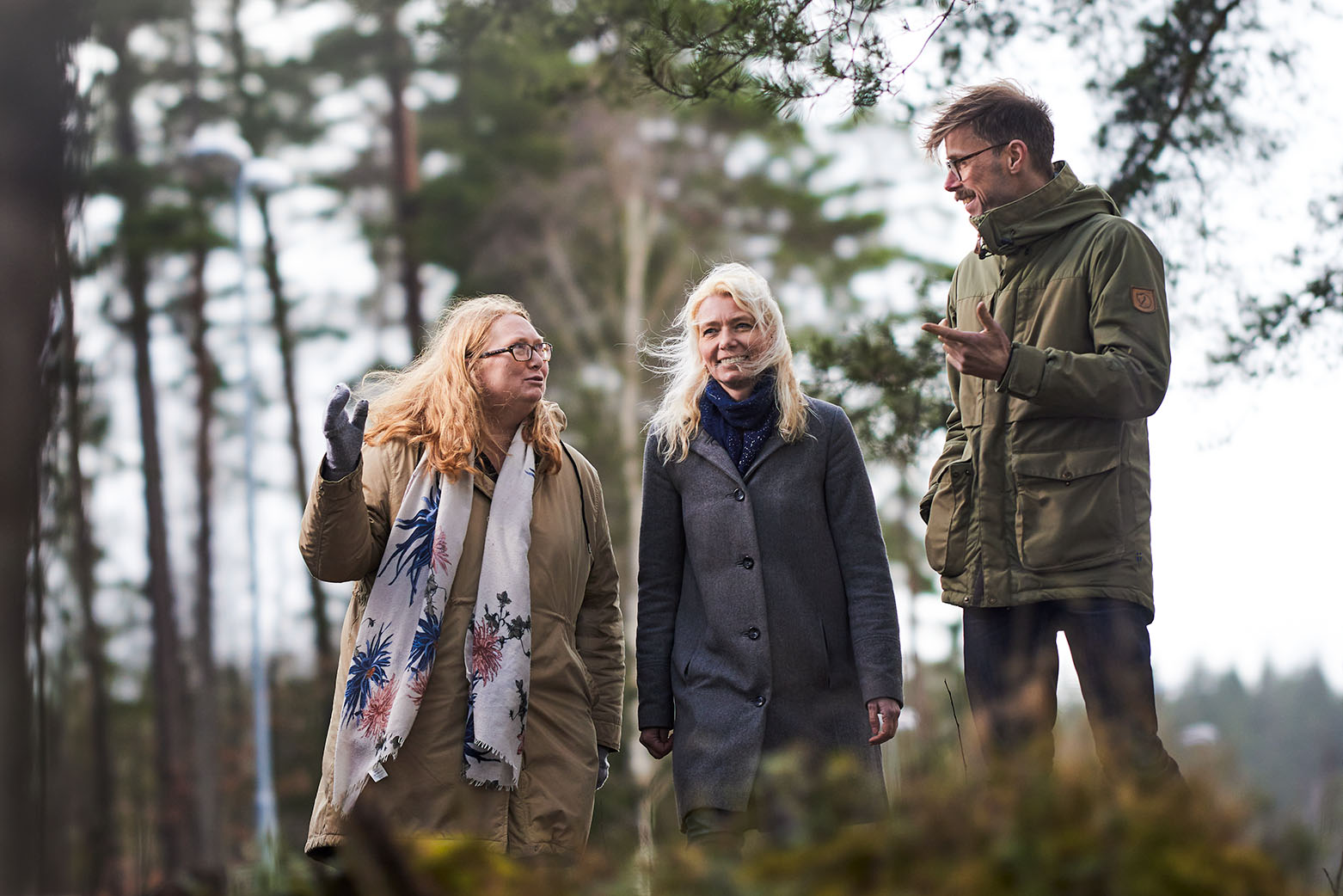
Studies show the way – how does light pollution affect people and animals?
Measuring the impact light has on people and animals is complex. In order to choose the right lighting in the future, more knowledge is needed, along with standards for decision-makers to adhere to. The research institute RISE works to develop measurement methods to characterise the illuminated environment and thus provide a basis for future standards. This also includes evaluating acceptance of new lighting solutions that are developed with the aim of reducing ecological impact.
Light pollution affects people and animals, but it’s not easy to know what is the right light for each place – and what light people and animals thrive in best. To make well-founded decisions in the future, more knowledge is needed.
Maria Nilsson Tengelin is a physicist and researcher in photometry and radiometry at Research Institutes of Sweden (RISE). Her work involves light measurement as well as light-related research projects that form the basis for standards and guidelines concerning outdoor lighting.
“With more knowledge, more balanced decisions can be made. There are no solutions that suit all situations, but based on the applicable conditions, you can find a way forward,” says Maria.

Maria Nilsson Tengelin, physicist and researcher at RISE.
Rigorous studies
Maria worked with Annika Jägerbrand from the University of Gävle and Alp Durmus from Penn State University, USA in the project ‘Energy-efficient Outdoor Lighting with Reduced Light Pollution’. A testbed was built on a pedestrian and bicycle path in a natural area on the outskirts of Borås in southern Sweden. For a week, the existing lights were switched off and temporary poles with luminaires from Fagerhult were set up. The luminaires had different correlated colour temperatures: neutral white (3000 K), warm white (2200 K) and orange (1800 K).
Each luminaire was equipped with two different types of optics: one with wide light distribution and one that was screened with more light on the path and almost nothing on the sides. This made it possible to examine different colour temperatures and narrow and wide light distributions in different combinations. The installation was evaluated using traditional ground-based light measurements and by means of a newly developed method in which a drone was used to measure how the light scattered up towards the sky and further out into the surroundings. During the experiment, 56 people walked along the path and completed a survey about their experience of the lighting environment as related to the different lighting settings.

Pathway from Simrishamn, where Fagerhult's outdoor lighting illuminates the city.
“Among other things, the participants were asked to state which lighting they preferred, and whether they were prepared to make sacrifices if it benefits the environment, explains Maria. “The goal of the project was to find out how to reliably measure the amount of light pollution, and how we can reduce the adverse impact of outdoor lighting, while still ensuring that the lighting environment is good enough for people.”
The absolute majority of participants preferred the white light (2200 K and 3000 K) and only a very small proportion indicated that they preferred the orange light. When asked if other lighting could be accepted for environmental or energy reasons, the proportion of people who could accept orange lighting increased.
“The field experiment showed that 1800 K results in poorer visibility and a lower sense of safety and security, with women generally feeling the environment to be less safe. But the acceptance of orange light increases when the participants are made aware of the greater consideration for the ecological impact.”
 “The field experiment showed that 1800 K results in poorer visibility and a lower sense of safety and security, with women generally feeling the environment to be less safe. But the acceptance of orange light increases when the participants are made aware of the greater consideration for the ecological impact.” Maria Nilsson Tengelin, RISE
“The field experiment showed that 1800 K results in poorer visibility and a lower sense of safety and security, with women generally feeling the environment to be less safe. But the acceptance of orange light increases when the participants are made aware of the greater consideration for the ecological impact.” Maria Nilsson Tengelin, RISE
A new measurement methodology
The next collaboration project involves the further development of the methodology used for measurements. The goal is to develop a new method for assessing and measuring light spill in protected urban environments and waterways.
“We look at what points, what parameters, and how many measurements need to be made to ensure accuracy and reliability in order to assess the environmental impact of light.
The project also involves defining what should be included in a standard. At present, light is measured with a focus on how it fulfils its function for people, such as on roadways and regarding how it reflects in approaching people’s eyes, and to ensure that it is not dazzling or disturbing for people in the surroundings. However, light spill is not measured in the geometries and at the levels that may be of importance to animals and plants. The foundations of today’s standards are based on the threshold values for human experience, but the new threshold values need to also apply to animals and nature.
“There are many lofty ambitions, but we don’t yet have enough documentation for how measurements should be performed, or even what they should relate to. Many ecological studies are conducted each year, but they are not typically designed in ways that would allow the results to be used to plan lighting. With new guidelines and an elaborate standard, we would have better conditions, and hopefully make a big difference,” concludes Maria Nilsson Tengelin.
This is Part Two of our series of articles on Bioinclusive Lighting. In the next article, we speak with Henrik Sandqvist, Product Manager for Outdoor Lighting at Fagerhult, about how we adapt our lighting solutions to meet the needs of both people and animals. You can read the previous article here.

Annika Jägerbrand (University of Gävle), Maria Nilsson Tengelin (RISE) and Henrik Sandqvist (Fagerhult).
TEXT LINDA KARLSSON
PHOTO PATRIK SVEDBERG, DANIEL MAJAK

Our take on Bioinclusive Lighting
The right light, in the right place, at the right time. With Bioinclusive Lighting, we include the environmental aspects in planning outdoor lighting solutions and explore how we can minimise the impact on the ecosystem.
Read more